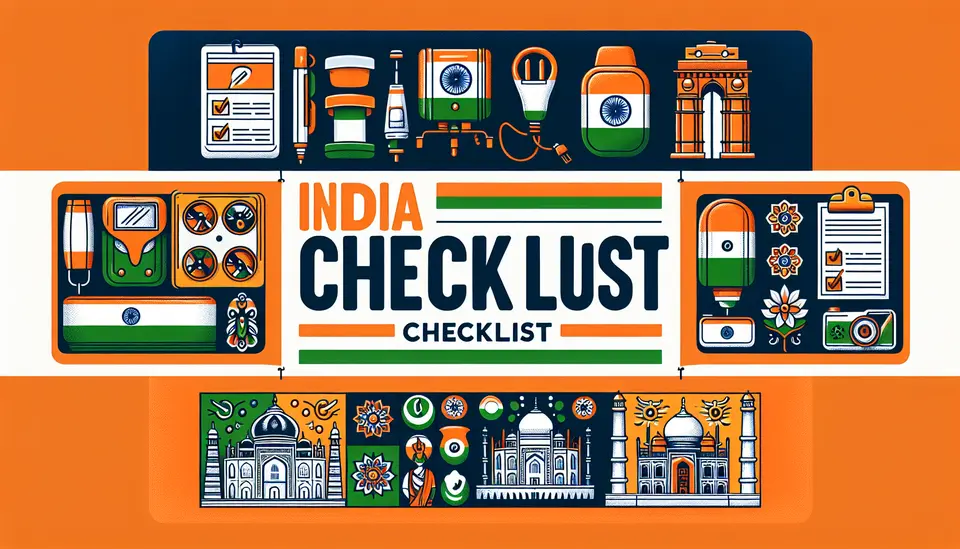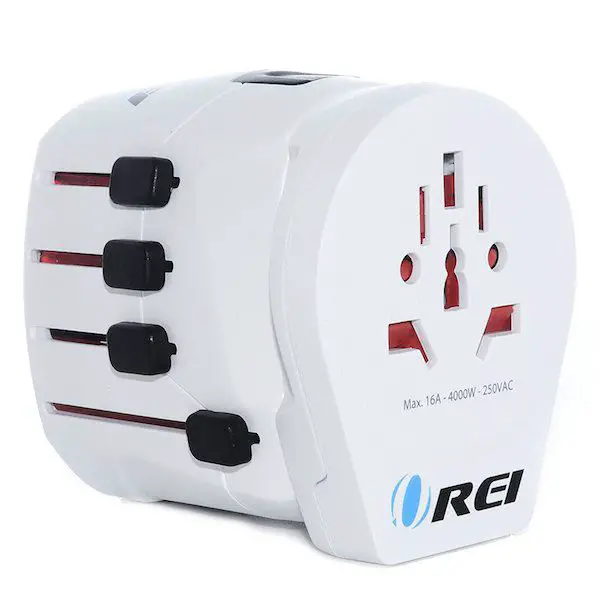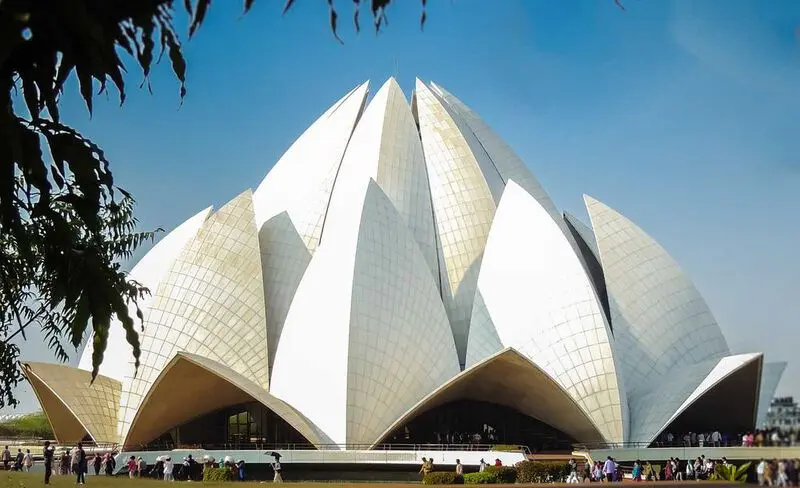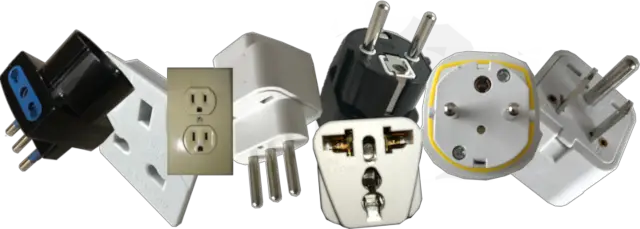Essential India Travel Plugs Checklist: Stay Charged & Ready!
Taylor Watts - January 13, 2024
 India Travel Plugs Checklist
India Travel Plugs Checklist
Planning a trip to India and wondering how to keep your gadgets juiced up? 💼🌏 Dive into our India Travel Plugs Checklist and power through your travels like a pro!
India Travel Plugs Checklist: Power Up Your Adventure! 💡🔌✈️
Hey there, globetrotters! It's Taylor Watts here, and today I'm indulging your inner electricity guru as we talk about one of the most critical, yet often overlooked aspects of traveling to the exotic and vibrant land of India—ensuring your electronics stay charged and ready for action! So, grab your adapters and let's dive into the electrifying world of Indian travel plugs!
Understanding Indian Power Sockets 🧐🔍
First and foremost, let's talk about the power situation in India. The country operates on a 230V supply voltage and 50Hz. This is pretty standard in many parts of the world, but what really requires our attention is the type of plugs and sockets you'll encounter.
In India, you'll mainly find two types of sockets - Type C (also known as the Europlug) and Type D (the Indian standard). Occasionally, you might also come across Type M, similar to Type D but with larger pins. Many Indian sockets are compatible with multiple plug types, which is convenient but also a bit confusing. Always double-check before plugging in!
Packing the Right Adapters 🎒🔌
When you're traveling to India, having the right adapter is like having the perfect spice blend for your curry—it just makes everything better. You'll want to make sure you have adapters that fit Type C, D, and potentially M sockets. Here are a couple of pointers for your adapter quest:
Universal Travel Adapter: These are the Swiss Army knives of adapters, designed to fit a multitude of sockets worldwide. If you're a frequent flyer, this might be your go-to.
Type D and M Adapters: Since these are specific to India and a few other countries, having dedicated adapters for these might save you some hassle if you're focused on India.
 Protected Adapter, notice the red plastic, that is the safety mechanism; get it on Amazon.
Protected Adapter, notice the red plastic, that is the safety mechanism; get it on Amazon.
Voltage Variance – Conversion or Confusion? ⚡😕
One thing you must not gloss over is the voltage aspect. Many electronics like laptops and phone chargers are designed to handle a range of voltages (typically 100-240V), but always check your device's label to be sure. If you have a gadget that isn't suited for 230V, you'll need a converter to transform the voltage and avoid any disastrous encounters.
Charging Your Troop of Tech 📱💻📷
Our devices are practically extensions of ourselves these days. Here's a quick rundown of how to keep them powered:
Smartphones/Tablets: Make sure to have a USB-compatible plug adapter for these everyday essentials.
Laptops: Your laptop's power brick usually converts voltage, but you'll need an adapter to match the Indian socket.
Cameras: Battery chargers often require an adapter plug, so don't forget to pack one that suits your charger's shape.
Hairdryers/Straighteners: These can be tricky as they're high-wattage devices. It's best to use ones provided by your accommodation or bring a dual-voltage travel version with you.
 The Lotus Temple
The Lotus Temple
Other Electrifying Tips 🔋✨
Surge Protection: Power surges can happen, and they aren't exactly your tech's best friends. A surge protector can be a gadget lifesaver!
Power Strips: Carrying a power strip (with surge protection) means you can charge multiple devices with just one adapter. Talk about efficiency!
Extension Cords: They give you flexibility with distant or hard-to-reach sockets. Just ensure they are rated for 230V.
Portable Power Bank: For those long train rides or treks away from civilization, a power bank can be your knight in shining armor, keeping your phone powered and ready for photos and navigation.
A Word to the Wise: Safety First! 🔒⚠️
As we encircle the topic of electricity, never compromise on safety. Here's some sage advice:
Avoid Overloading: Just because you can plug multiple devices into a power strip doesn't mean you should. Respect the wattage!
Quality Over Price: Opt for quality adapters and converters even if they cost a few extra rupees. Your safety—and that of your devices—deserves a premium.
Know Before You Go: Familiarize yourself with the local power and plug specifics beforehand to steer clear of any shocking surprises.
Power Outages: India sometimes experiences power cuts. Keep your devices charged and have a flashlight handy just in case.
Embracing the Indian Electric Experience 🇮🇳✨
Traveling in India is about embracing the full experience, and that includes navigating the electrical landscape with poise. Remember these tips and check off your India travel plugs checklist:
- Determine your device’s voltage requirements
- Invest in a couple of reliable Type C, D, and M adapters
- Consider a universal adapter for versatility
- Pack a voltage converter if necessary for 230V compatibility
- Bring a surge-protected power strip for multiple charging options
- Stay mindful of safety to avoid any charge-related calamities
And finally, remember the spirit of travel is all about adapting—whether it's to a new culture, unexpected adventures, or simply to a new type of power socket. Charge forth with confidence, and let your journey through the intricate beauty of India be as seamless as the flow of electricity through a well-crafted circuit.
Safe travels and electrifying adventures! For more power-packed travel nuggets, stay tuned to whatplug.info 🌍✨.
↬ a link from your website helps too.
